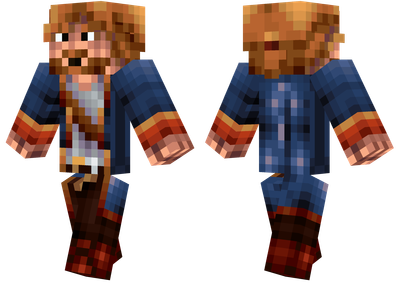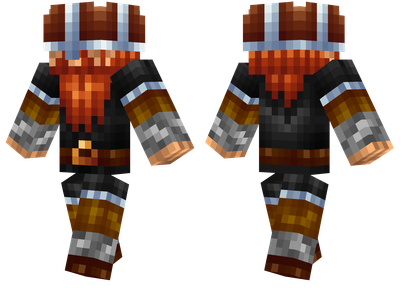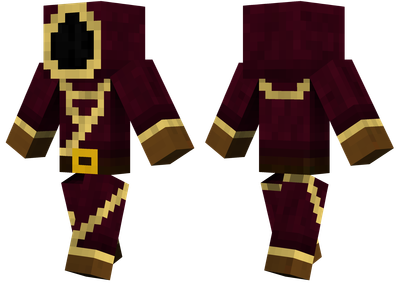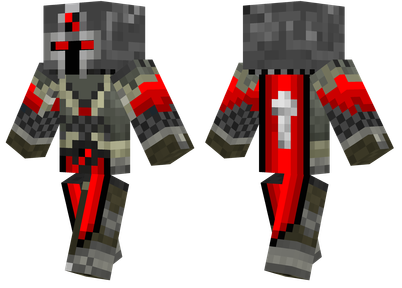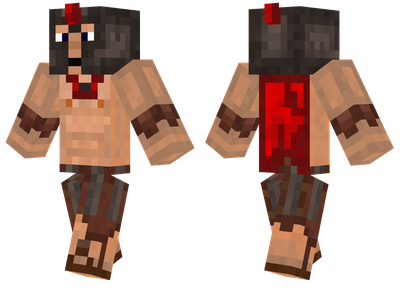This tutorial is from MC Encyclopedia (MCMOD.CN) using the CC By-NC-SA protocol.
The villagers generated in the later period of Mite will not appear villagers.The weak potion can be made by the Best Pharmaceutical Station, and the probability of the witch hut box and the witch may fall.
The villagers' breeding mechanism is the same as the original, and the villagers are also divided into occupations like the original villagers.
Among them, because 8 wool in exchange for 1 emerald (using emerald can get 250 experience) transactions, ordinary villagers have the most role, so they focus on explaining ordinary villagers.
Ordinary villagers have 13 transactions, of which 4 transactions are materials in exchange for emerald (wool, wheat, grilled fish, raw chicken).Firestone, vermiculite arrows, iron scissors), as well as 1 emerald and 4 pieces of gravel in exchange for several large vermiculite, a total of 13 transactions.
White jacket villagers include coal (charcoal). Pig. Sheep. Beef in exchange for emeralds, emerald in exchange for leather series sets, saddles, cooked pigs, sheep, beef.
Black jacket villagers include coal (charcoal). Iron ingots exchanged for emerald. Emerald in exchange for copper and iron tools and equipment.
The villagers of the purple robe have gold ingots in exchange for emeralds, and the emerald in exchange for the last shadow. Red stone. Fluorite, emerald and copper iron tools.
The villagers of the white robe have paper. Write books in exchange for emeralds, emerald replacement of bookshelves, compass, clock, glass, and emerald and add to various enchanting books (because the maximum stack of emeralds 32 can not be exchanged for many books).
The initial transaction (first) in exchange for about 7 times cannot be exchanged. At this time, when you close the trading window, the villagers will refresh the transaction option for transaction 2.However, every time the transaction is refreshed in the future, the existing transaction items will be reset.
The chance of refreshing a new transaction project is X/13, and X is the total transaction number 13 minus the current number of transactions in villagers.The chance of the 1/13 villagers cannot refresh the new transaction project and do not reset the transaction. This is the so -called waste villagers who cannot trade normally.And after the second or third trading items appear, you can use it once to refresh the transaction project.
When you have a villager with a wool in exchange for emeralds, you only need to refresh the transaction for 13 trading items. The transaction 13 is the emerald for materials or props, and the villagers can achieve the purpose of unlimited wool for emerald.Among them, the transaction 13 is wool, and the transaction 1 is the simplest of scissors. You are even obtained infinitely.
The speed you get you can get the speed of you obtaining wool. The wool produced by about 40 sheep for 1 hour can be exchanged for emeralds that produce 10,000 experience.


